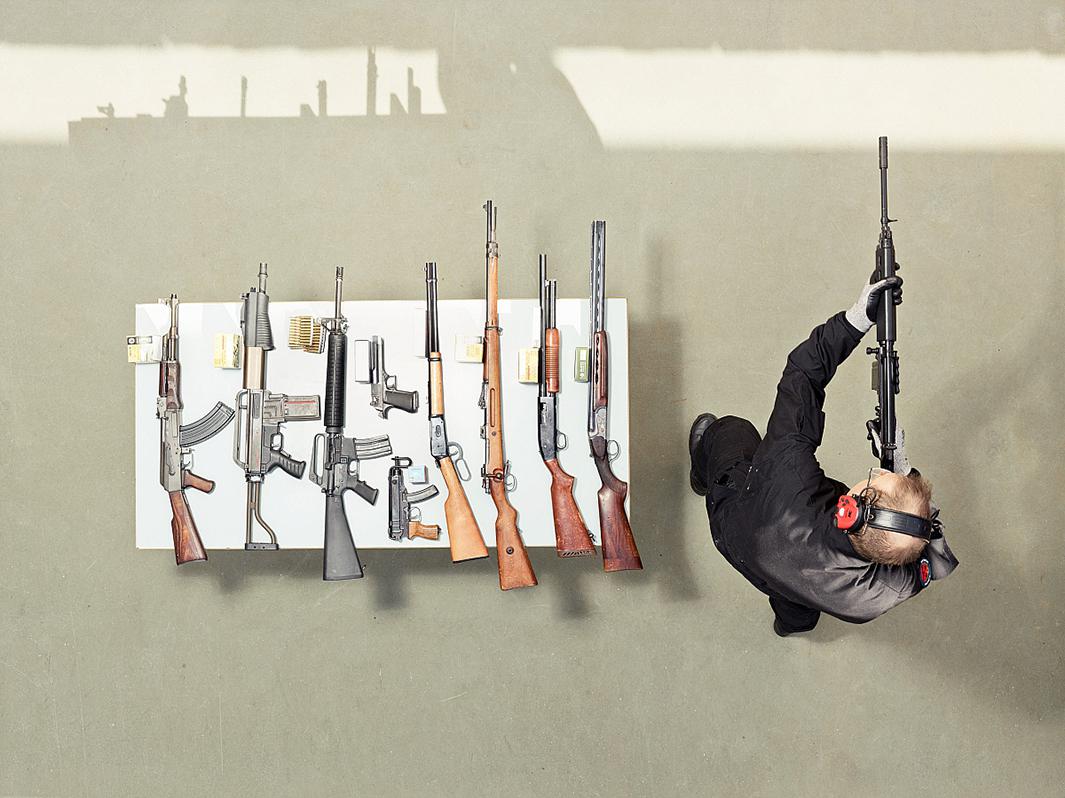If you’re a fan of crime shows such as CSI, you might have fantasized about a career in forensics. Jeroen Hofman is a fan of that genre, but instead of abandoning his photography career, he decided three years ago to begin “Forensics,” a project that covers forensic detective studies in academies around the Netherlands. While working on another project about where police, army, and fire departments trained for catastrophes and conflicts, Hofman was introduced to people who work in the forensics industry and was eventually given permission to photograph their facilities.
Because he was photographing during training sessions, Hofman was allowed to set up lights and shoot from different angles; he said the images taken from above are some of his favorites.
“It’s graphic,” he said of that angle. “I’m always looking for new angles and approaches; it’s not the normal way they present crime scene investigations.” Even with those parameters, Hofman had to make sure he got his shot, since there were no do-overs (at least until the next class starts).
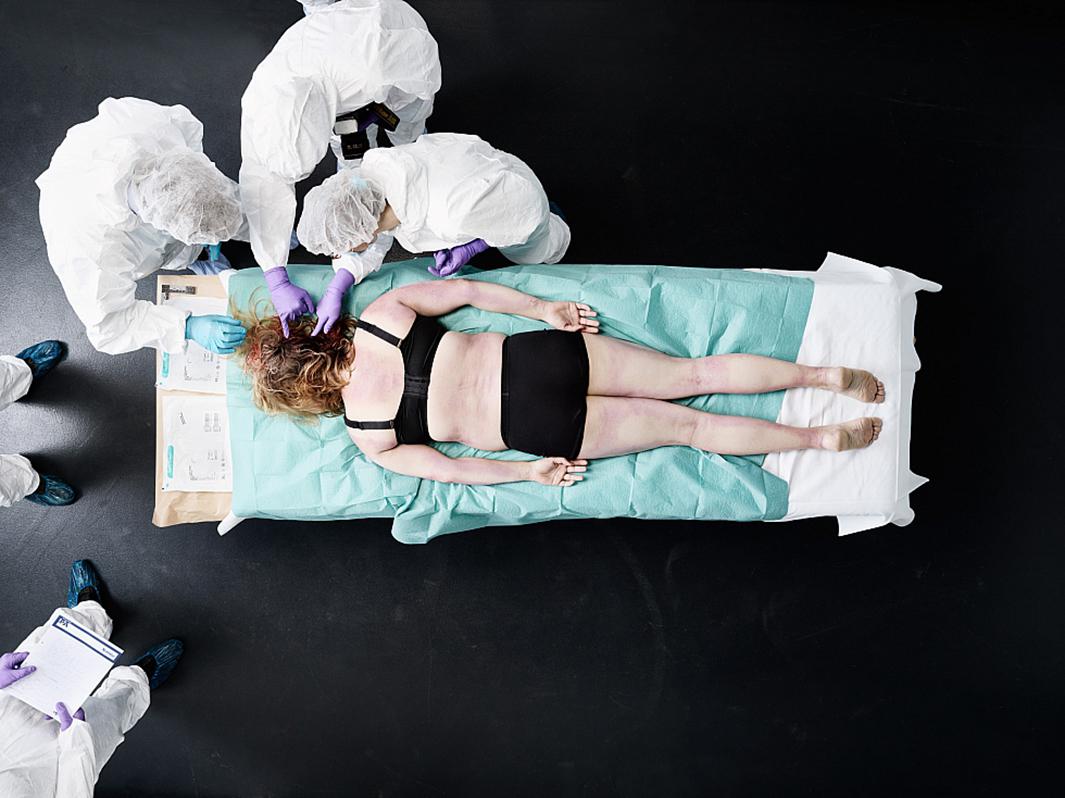
Jeroen Hofman
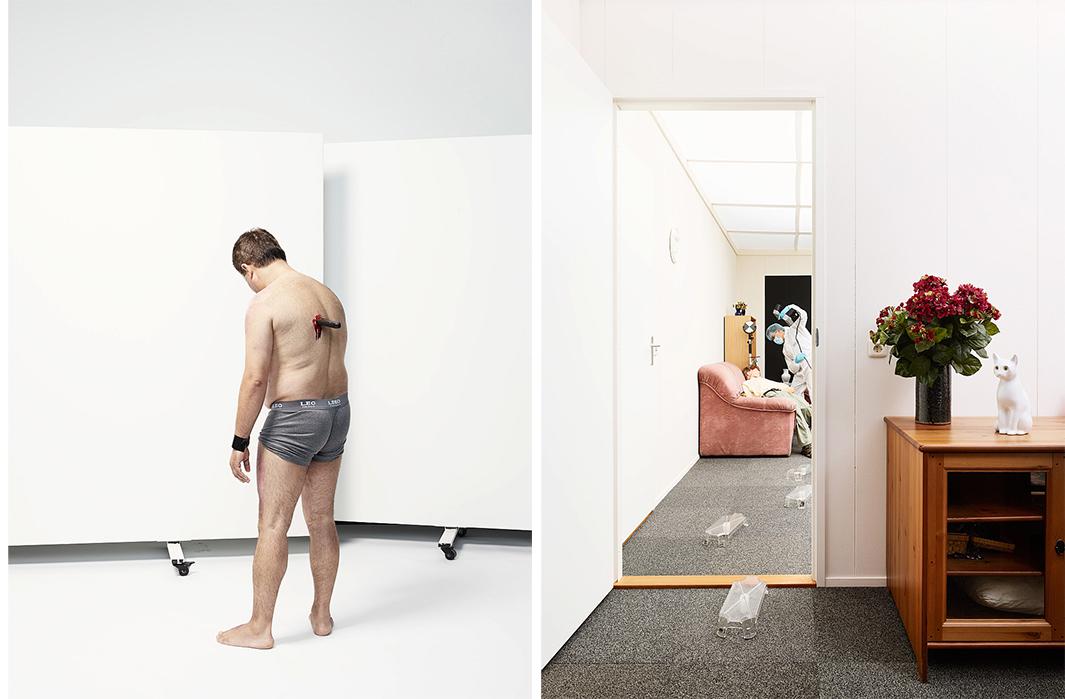
Jeroen Hofman
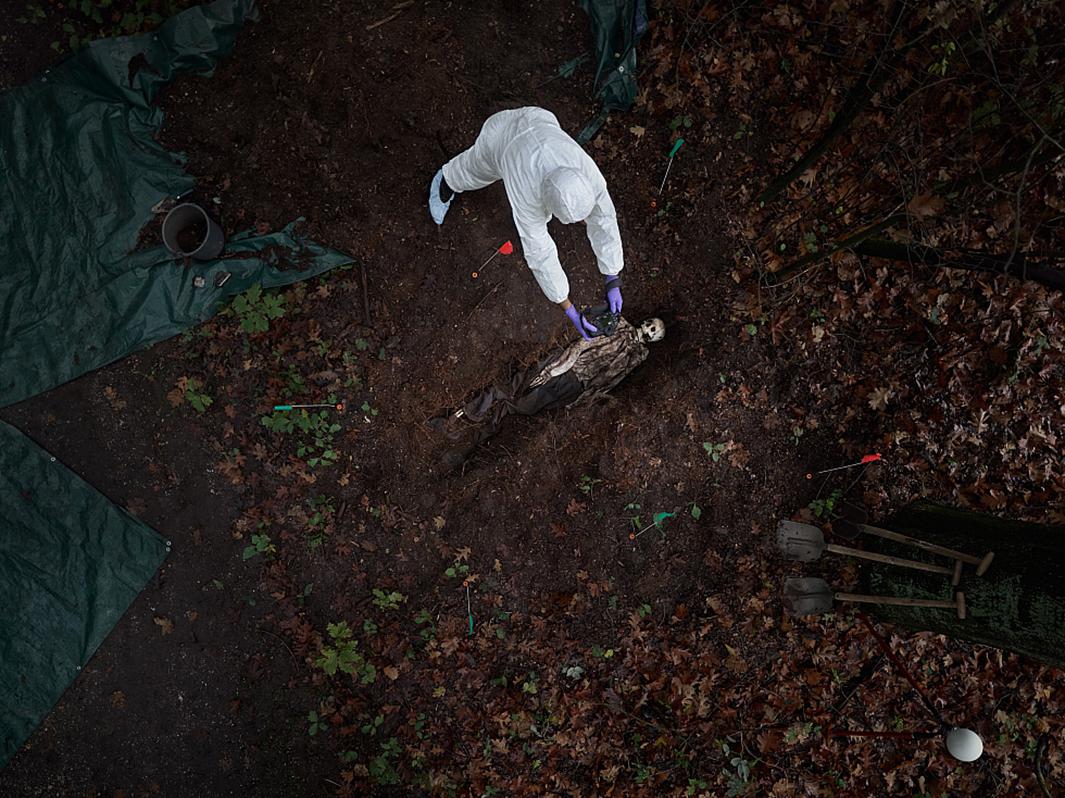
Jeroen Hofman
He said more often than not the truth of what he witnessed was far more bizarre than what is typically shown on crime shows.
“They gave me a little tour around the hospital area where the body parts were stored,” he recalled. “There was a big box with only hands floating around in fluids. It was incredible to see their world, and you never should take advantage of it … it’s dead people, and it’s for real.”
There have also been occasions over the years when Hofman wasn’t allowed to take photographs, usually during real-life catastrophes when the facilities were needed. “You have to be really, really, really patient,” he said. For that reason, Hofman said most of his current projects are open-ended, since he’s never certain when he will or won’t be able to continue working. He also decided to focus only on the Netherlands to make travel easier.

Jeroen Hofman
Although he has documented a number of simulated crime scenes, including homicides and0 bombings, Hofman said he would like to broaden the series by photographing more complicated aspects of forensic work such as Internet fraud.
“What I still want is to show people, but how do you make a photo of that?” he said. “The people who work on Internet fraud … are often anonymous.”
He also pointed to those working on child pornography crimes as complicated to capture.
“They have to look at a lot of horrifying images,” he said. “Who are they, and how do they deal with this? It’s the worst thing on earth, so my next thing is to [figure out how to photograph it].”
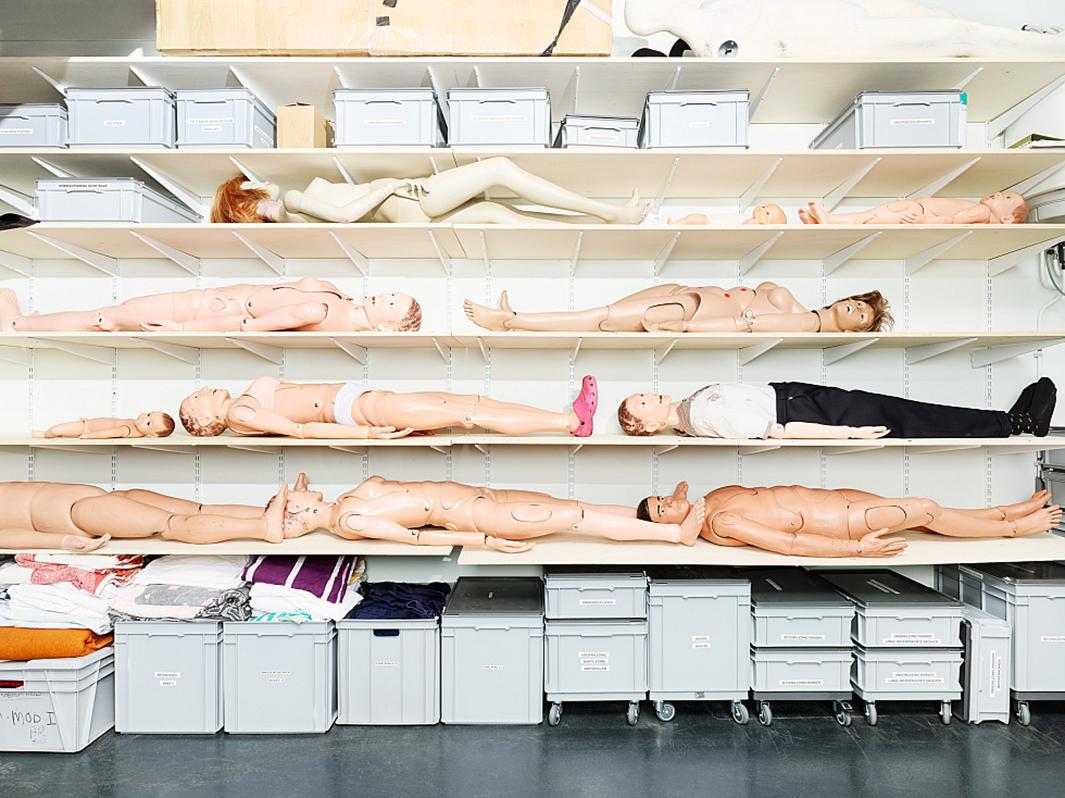
Jeroen Hofman
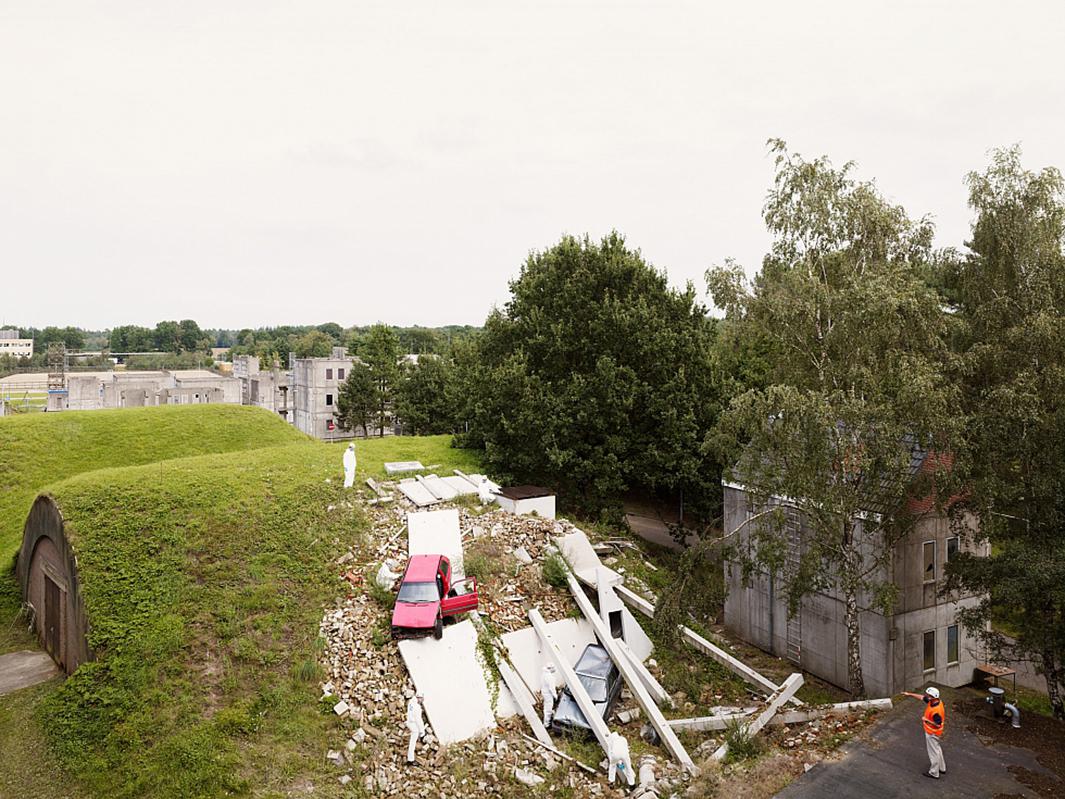
Jeroen Hofman
